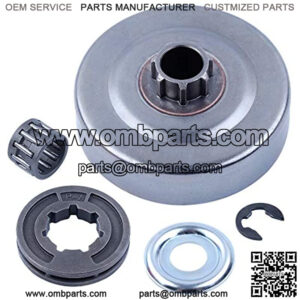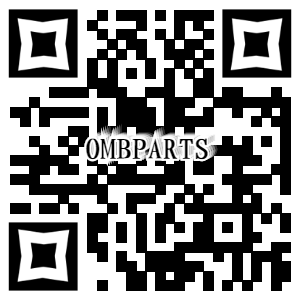What Does the Clutch Do?
The clutch connects your car’s two rotating shafts, allowing for three things.
- The shafts locking together so they spin at the same speed
- The shafts slipping by a controlled amount when the pedal is partially depressed
- Or decoupling the shafts altogether so they spin at different speeds.
This is handy because your engine spins all the time but the wheels don’t. In order to speed up, slow down or stop without killing the engine, the two need to be disconnected.
Your clutch engages while your car is moving. This means that the pressure plate exerts constant force onto the driven plate through a diaphragm spring, locking it in place. When you depress the pedal, you disengage the clutch. An arm pushes the release bearing against the centre of the diaphragm spring, releasing the clamping pressure from the pressure plate. This stops the power from the engine from reaching the wheels, allowing you to change gear. Releasing the pedal re-engages the transmission. Then, the friction linings on the driven plate smoothly take up the drive again.
How Many Clutch Parts Are There?
There are 5 clutch parts that combine to form the clutch plate. The clutch also works closely with the transmission and the flywheel.
Cover Plate
This metal housing is bolted to the flywheel, connecting it to the clutch assembly. It makes sure that engine torque transfers to the gear shaft through the clutch disc.
Driven Plate
Also known as the friction plate, this runs on a splined input shaft between the pressure plate and flywheel. It transmits power to the gearbox and has friction linings, just like brake pads. If these linings wear down too far, the clutch can slip and not reengage properly.
Pressure Plate
Also known as the clutch cover, this is a large ring that applies pressure to the clutch plate while the transmission is engaged. This allows your car to transfer torque to the transmission and keep you moving smoothly.
Diaphragm Springs
This is a large, round spring steel disc mounted in the clutch cover. The outer edge touches the back of the pressure plate and releases the clamping pressure when you depress the clutch pedal. As it does this, it disconnects the transmission from the wheels.
Release Bearing
Also known as the clutch bearing or throw-out bearing, this reduces friction between the pressure plate and the release fork. When the fork moves from side to side, the release bearing slides along the transmission sleeve.
How Do the Clutch and Transmission Work Together?
Your car’s engine only produces a small amount of torque when stationary. This means you can’t start the engine under load – hence why you need to depress the clutch pedal to start a manual car.
To transfer the engine’s power through the transmission into the wheels, your car needs a system to gradually take up the load. This system is the clutch.
As you release the clutch, the transmission takes up the load and gets you moving smoothly.
Yes, the clutch can work in different ways in different types of gearboxes.
For example, an automatic transmission has several clutches. They engage and disengage various sites of planetary gears and, because there is no clutch pedal, it’s all controlled by the computer.
Other types of clutch system include:
- Cone clutches
- Centrifugal clutches
- Wet vs Dry systems
- Vacuum clutches
- Electromagnetic clutches
Plenty of appliances use a clutch system. Smaller appliances, such as power drills, can’t use a pedal and so require a different clutch system. These all work slightly differently as a result.
Single Plate Clutch vs Multi-Plate Clutch
Most cars use a single plate clutch system, but many motorcycles, race cars and HGVs use a multi-plate clutch system.
While a single plate system is the simplest way to change gear, a multi-plate system helps the clutch transmit more torque because it has more friction surfaces. This makes it more efficient for heavy vehicles and racing cars which need quicker gear changes at higher speeds. Plus, it is also smaller than a single-plate system, which makes it perfect for motorcycles.
The main differences between a single plate and multi-plate clutch are:
- Number of clutch plates
- Location of the plates. In a multi-plate system, the pressure plates are alternately fitted to the crank shaft and gearbox
- A single plate is a dry system, while a multi-plate is wet
“Keyword”
“how slipper clutch works animation”
“how motorcycle clutch works animation”
“how stuff works clutch animation”
“how clutch works in car animation”
“how pump works animation”
“what is the working principle of clutch”
“how a clutch works animation”

